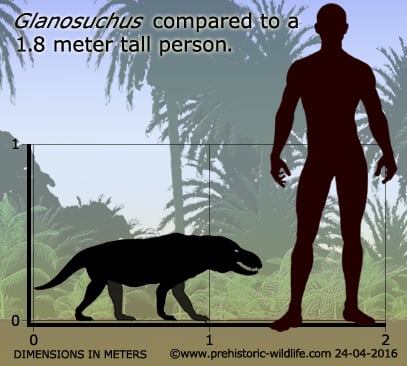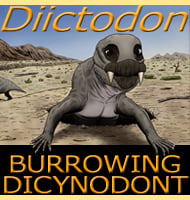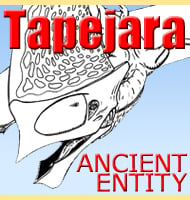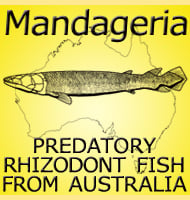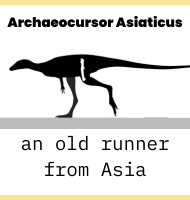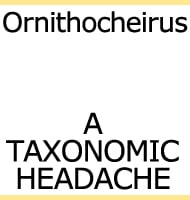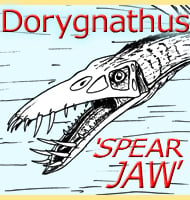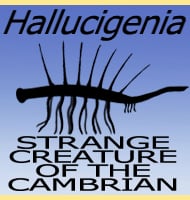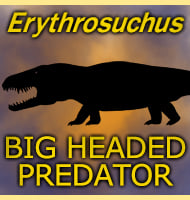In Depth
Named from a partial skull, Glanosuchus is still one of the more interesting therapsid predators of the Permian. The ear structure of Glanosuchus reveals the early stages towards a development of an inner ear, something that later mammals would possess. This would mean that Glanosuchus likely had better hearing than earlier synapsids, though not yet as good as later mammals. There are also ridges within the nasal passage of the snout, features that would have prevented moisture loss through respiration. Given the therapsid lineage of Glanosuchus, these ridges may indicate a faster rate of respiration, which in turn might denote a warm blooded metabolism.
Further Reading
- On Two New Therocephalian Reptiles (Glanosuchus macrops and Pristerognathus baini). - Transactions of the South African Philosophical Society 15:85-88. - Robert Broom - 1904. – Middle ear structures in the Permian Glanosuchus sp. (Therocephalia, Therapsida), based on thin sections. – Fossil Record. 5 (1): 309–318. – W. Maier & J. van den Heever – 2002.
